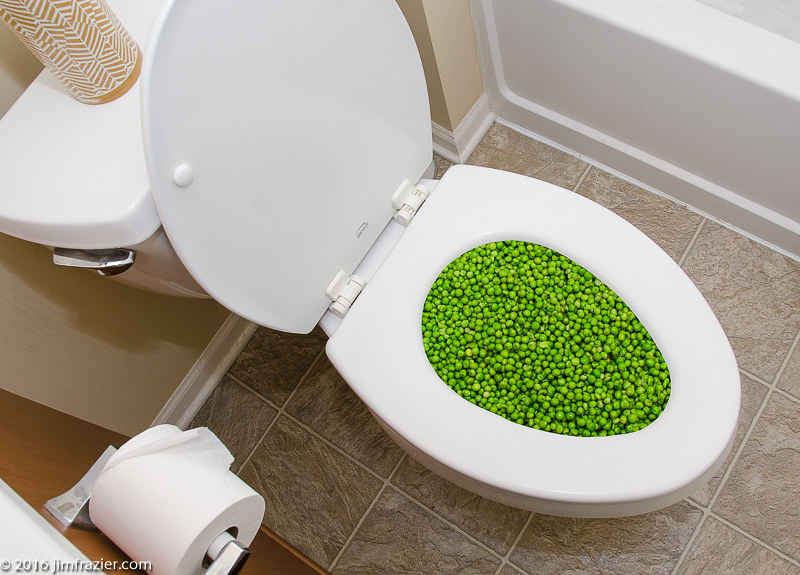Each person is bound to have his or her own piece of advice with regards to What Can Happen If You Flush Food Down the Toilet?.

Intro
Lots of people are often confronted with the problem of what to do with food waste, particularly when it involves leftovers or scraps. One usual question that occurs is whether it's all right to purge food down the toilet. In this article, we'll delve into the reasons that individuals may take into consideration flushing food, the effects of doing so, and alternative methods for proper disposal.
Reasons people might consider purging food
Lack of understanding
Some individuals might not be aware of the potential injury triggered by flushing food down the toilet. They may erroneously believe that it's a safe technique.
Comfort
Flushing food down the bathroom may seem like a quick and easy service to throwing away unwanted scraps, especially when there's no nearby trash bin readily available.
Laziness
In many cases, people may merely choose to flush food out of sheer idleness, without taking into consideration the repercussions of their activities.
Effects of flushing food down the commode
Ecological impact
Food waste that winds up in waterways can contribute to pollution and injury aquatic ecological communities. In addition, the water utilized to flush food can strain water resources.
Plumbing problems
Purging food can bring about stopped up pipelines and drains pipes, triggering expensive plumbing repair work and inconveniences.
Sorts of food that should not be flushed
Fibrous foods
Foods with fibrous structures such as celery or corn husks can get entangled in pipes and create clogs.
Starchy foods
Starchy foods like pasta and rice can take in water and swell, bring about clogs in pipes.
Oils and fats
Greasy foods like bacon or food preparation oils need to never ever be purged down the toilet as they can solidify and create obstructions.
Proper disposal techniques for food waste
Utilizing a waste disposal unit
For homes furnished with waste disposal unit, food scraps can be ground up and flushed through the pipes system. However, not all foods are suitable for disposal in this fashion.
Recycling
Certain food packaging materials can be reused, minimizing waste and reducing ecological influence.
Composting
Composting is a green method to get rid of food waste. Organic products can be composted and used to enhance soil for gardening.
The relevance of correct waste management
Lowering ecological harm
Proper waste management practices, such as composting and recycling, help minimize air pollution and preserve natural resources for future generations.
Safeguarding pipes systems
By avoiding the method of flushing food down the commode, house owners can prevent expensive plumbing fixings and maintain the stability of their plumbing systems.
Verdict
To conclude, while it may be tempting to purge food down the toilet for ease, it is very important to comprehend the possible effects of this action. By adopting appropriate waste monitoring methods and dealing with food waste responsibly, individuals can contribute to much healthier pipes systems and a cleaner setting for all.
FLUSH FOOD DOWN THE TOILET?
FLUSHING FOOD CAN CAUSE BLOCKED DRAINS IN YOUR HOME
All of the plumbing fixtures in your home are connected to the same sewer pipe outside of your home. This outdoor sewer pipe is responsible for transporting all the wastewater from your home to the Council sewer mains. Even small pieces of food that go down the kitchen sink can cause problems for your sewer. It should therefore be obvious that flushing larger bits of food, such as meat, risks a clog in either the toilet itself or the sewer pipes. Flushing greasy food is even more problematic because oil coagulates when it cools, coating the interior lining of your pipes.
THE TOILET IS NOT A BIN
Food isn’t the only thing that people shouldn’t be flushing down the toilet. People use the toilet to dispose of all kinds of things such as tampons, makeup wipes, dental floss, kitty litter and even underwear. Water goes to great lengths to educate residents about the high costs and stress placed on wastewater treatment systems simply from people flushing the wrong stuff down the toilet. It costs taxpayers millions of dollars each year, and homeowners thousands in blocked drain repairs.
FLUSHING FOOD IS A WASTE OF WATER
Flushing food is a waste of our most precious resource - water. In June this year Level 1 water restrictions were introduced to protect water supply from drought conditions. Much of New South Wales continues to be affected by prolonged drought with recent figures revealing up to 97 per cent of the state remains in drought. Depending on whether you have a single or dual flush toilet, every single flush uses between five and 11 litres of water. In the current climate this is a huge amount of water to be wasting on flushing food that should be placed in the bin (or better yet, the compost).
https://www.jabplumbingsolutions.com.au/blog/can-you-flush-food-down-the-toilet

I hope you enjoyed reading our excerpt about Think Twice Before Flushing Food Down Your Toilet. Thanks a ton for taking a few minutes to browse our article. I beg you take the time to distribute this post if you liked it. Thanks a lot for going through it.
Call Today
Comments on “Can One to Dispose of Food in the Toilet?”